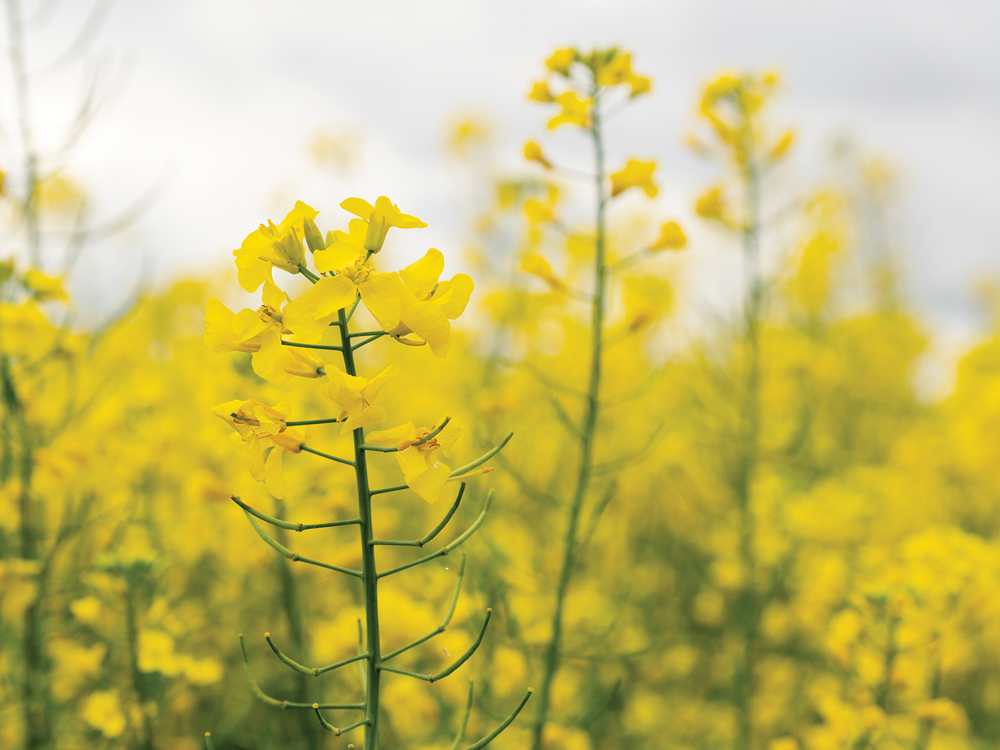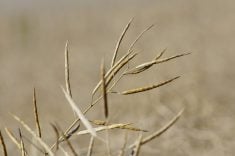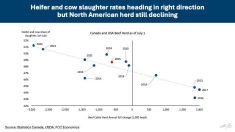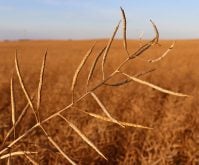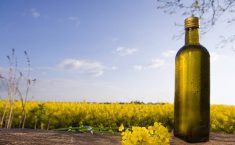The Canola Council of Canada is seeking ways to increase yields to meet the rising demand for biofuels.
“Biofuels seem to be taking the front-and-centre space for the oilseed sector, at least in Western Canada,” said Curtis Rempel, vice-president of crop production and innovation.
Why it matters: The canola industry represents 207,000 jobs, $12 billion in wages and nearly $30 billion in Canadian GDP, according to the Canola Council of Canada.
Read Also
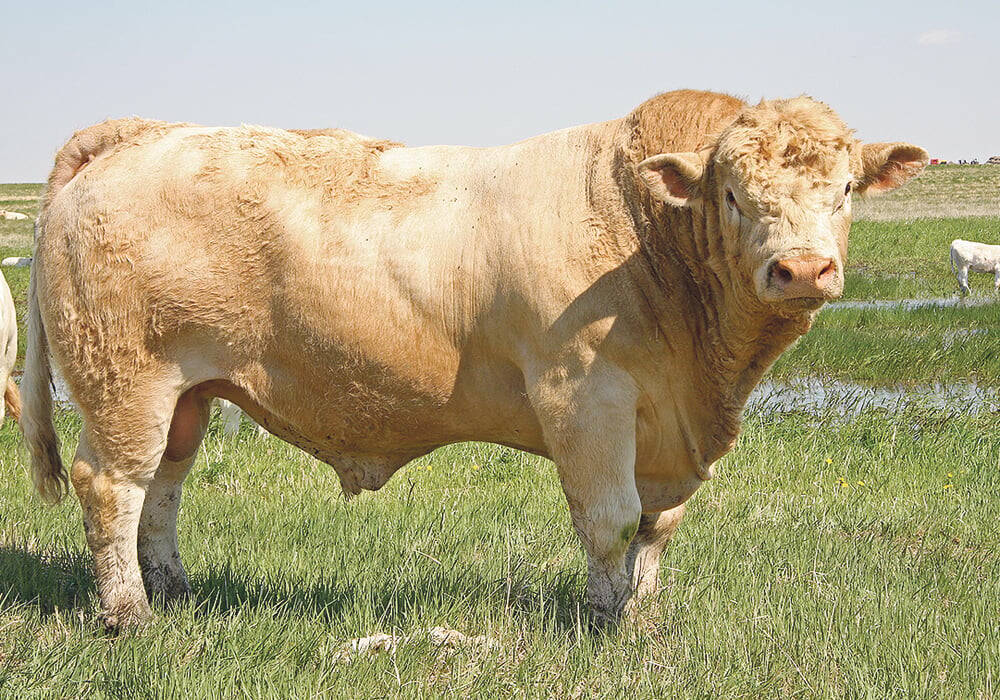
New research sheds light on infertility in bulls
Southern Alberta researchers make ground-breaking discovery in sperm function examining male infertility in bovines
Rempel was speaking to a packed house at the Food Technology and Research Day hosted Nov. 1 by the Richardson Centre for Food Technology and Research in Winnipeg.
Canada produces 20 million tonnes of canola seed annually, on average, and half of that is crushed domestically, adding value before export, he said.
About 90 per cent of all Canadian canola is bound for trade, either as seed or processed into meal and oil. According to the Canadian Canola Growers Association, that translated to $14.4 billion in exports in 2022.
The trade-heavy foundation makes global biofuel demand of key interest.
“If you look at the changing landscape for biofuels, sustainable fuel initiatives in the United States and in the EU are changing the veggie oil landscape dramatically,” Rempel said, adding that Canada’s canola sector is already well-positioned to take advantage.
Several companies are ramping up crush capacity, and Rempel expects that Canada’s total crush capacity will rise by 50 per cent in the near future.
“So we’ll now be crushing 15 to 16 million metric tonnes of a 20-million tonne crop,” he said. “So, again, there’s a significant value-added opportunity coming to Canada.”
With the market wide open, feeding it will be the bigger challenge.
The canola council is dedicating a significant portion of its research efforts to greater yields, Rempel said. The group’s current strategic plan aims for an increase to 52 bushels per acre by 2025. That target was set to meet the 26-million tonne global demand forecast made in 2015.
“We’ve been stable at around 42 bushels an acre, but we’ve never really gone past the 42, so we have a long way to go to 52.”
When researchers grow canola in ideal conditions, yields can often reach 120 bushels per acre, said Rempel, so the potential is there.
The council is also pursuing research into processing technology to take advantage the emerging biofuel niches.
“A lot of [the research] is around oil profiles for sustainable aviation fuel,” said Rempel, noting aviation fuel has a different oil profile than standard biodiesel.
Canada’ oilseed sector, including canola, is pushing for commodities to be included under the U.S. sustainable aviation fuel tax credit, which would open a huge market.
Shifting ground
Much of the demand for biofuels is contingent on what Rempel calls “sustainability metrics.”
These are constantly evolving and differ from region to region. In Europe, sustainability standards include biodiversity, land use, soil health and water quality. In the U.S., systems are based around carbon sequestration versus emissions produced.
In terms of greenhouse gas emissions, Rempel said yield intensification is a good thing.
“If you think about removing greenhouse gases from the atmosphere, the best thing you can do is increase agricultural yields,” he said, equating his argument to the same rationale used for planting trees as carbon sinks.
However, yield intensification often dovetails with conversations about more intensive fertilizer or pesticide use.
“Our challenge is to increase our yields and increase our carbon sequestration through yield intensification while reducing our greenhouse gas emissions on the production side,” he said.
“We have a lot of focus now on precision ag and varying your nitrogen input to match the production potential on the landscape. The same goes with biologicals for fertilizer management as well as pesticide inputs.”
Rempel sees the global push for pesticide reduction as an opportunity.
“We started looking at genetic resistance to insects in canola plants. It hasn’t been exploited at all, or really even touched, so it’s a new frontier.”


